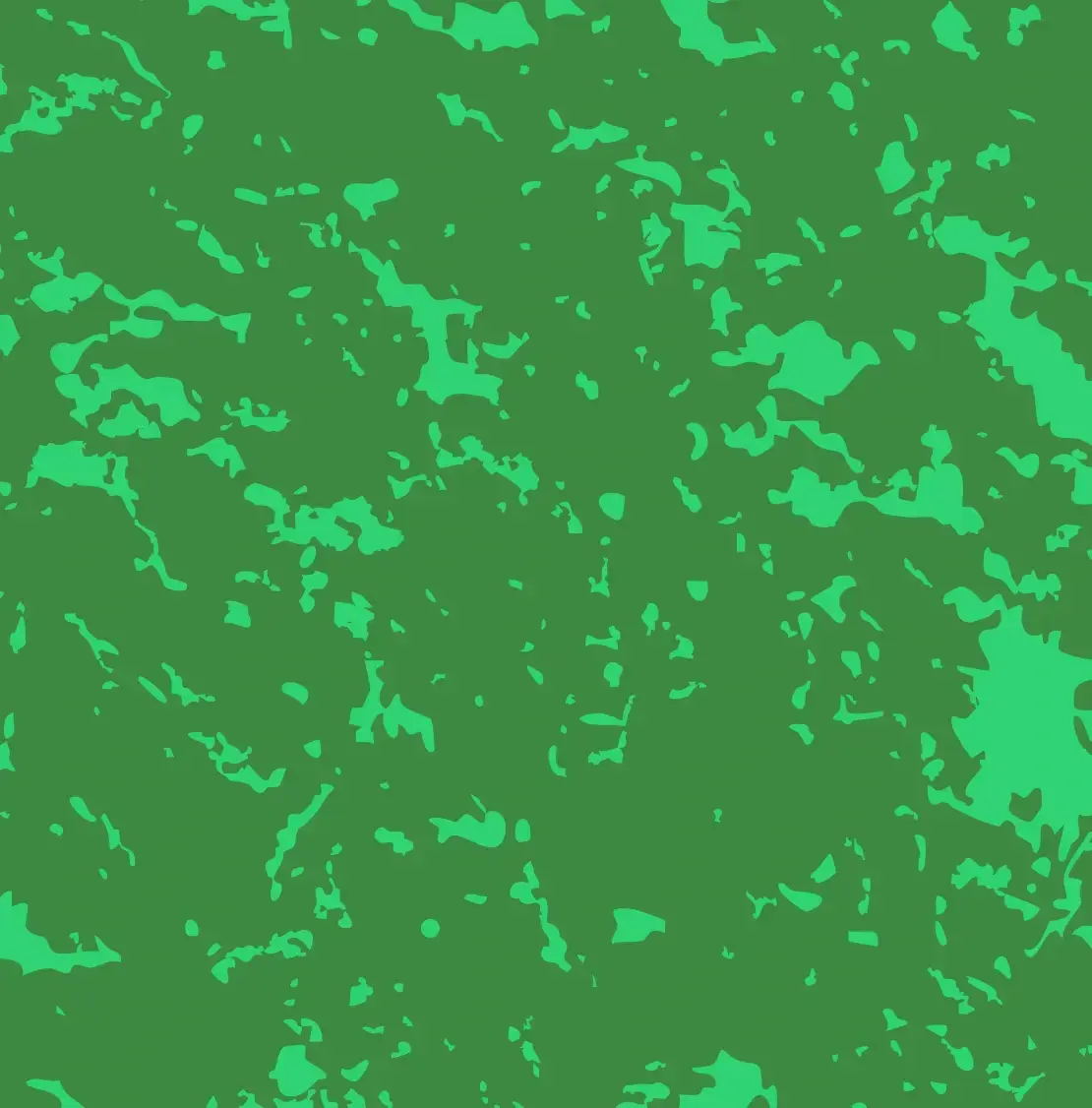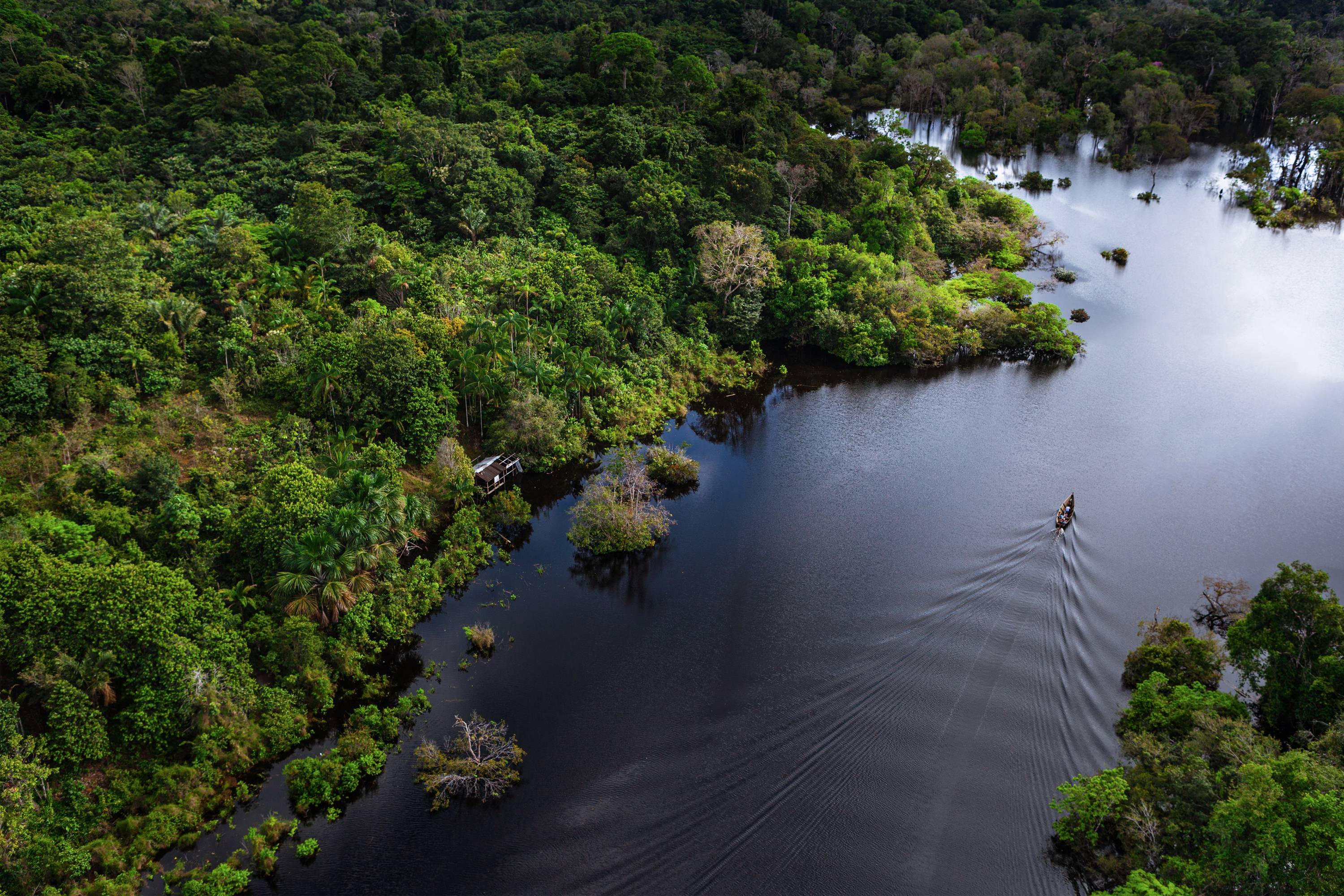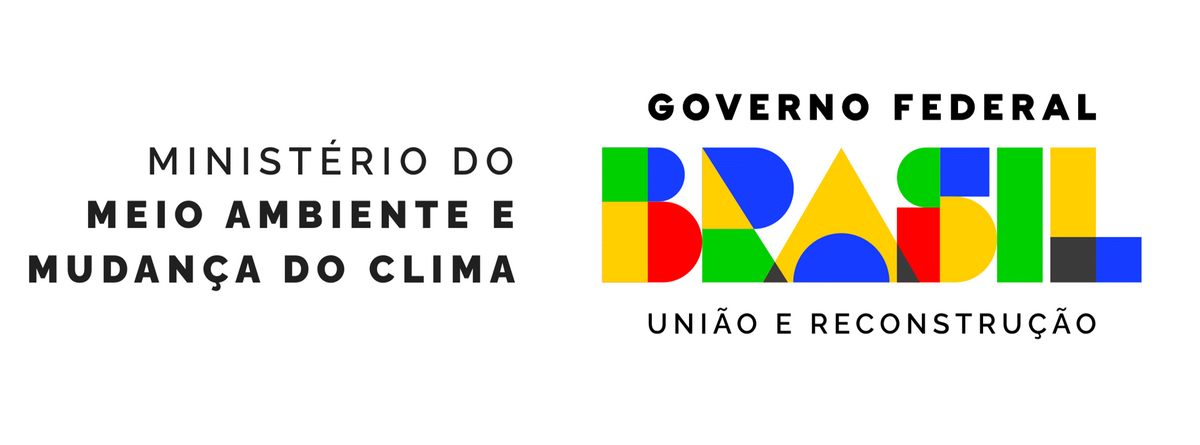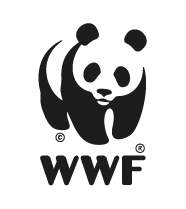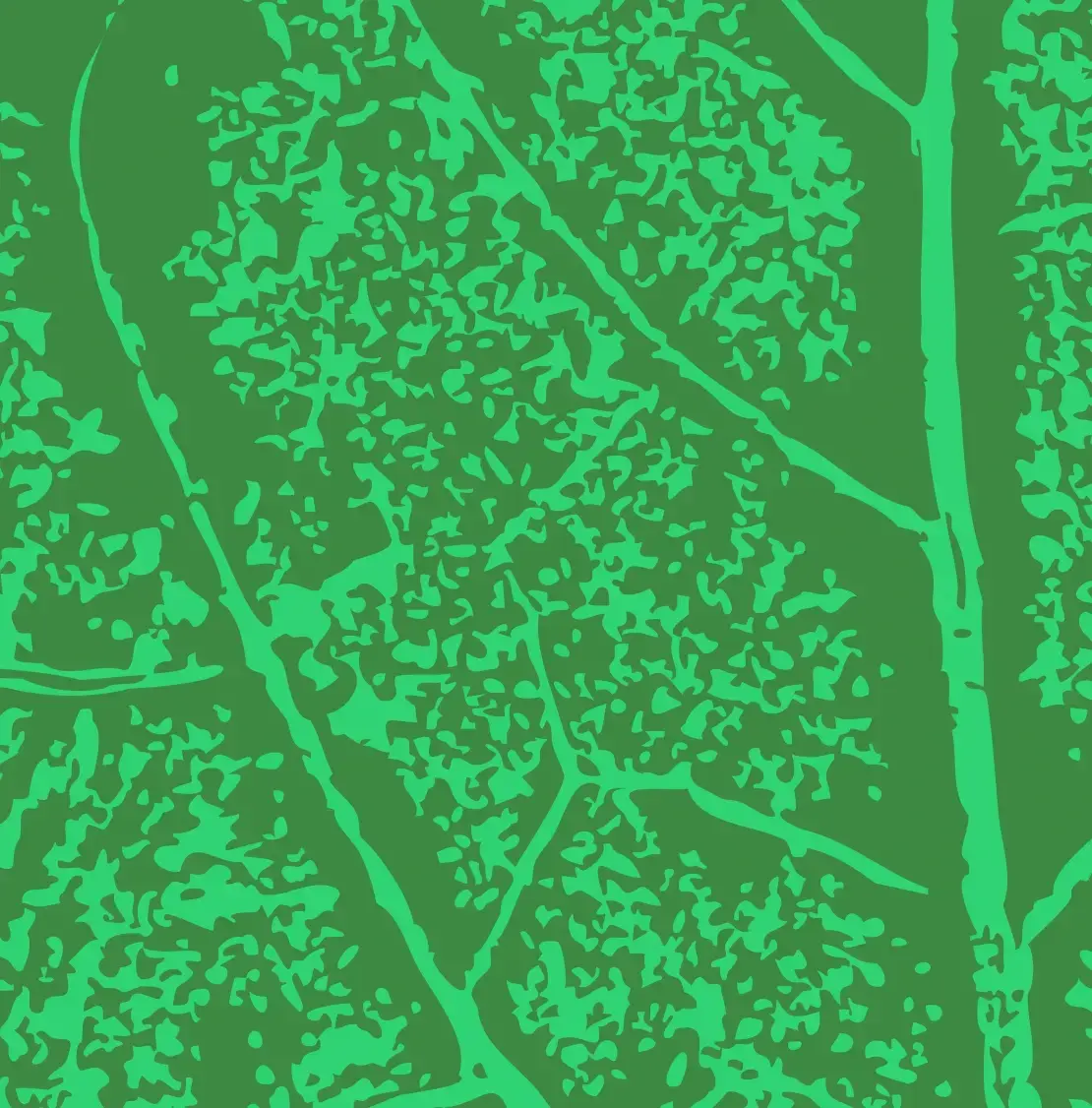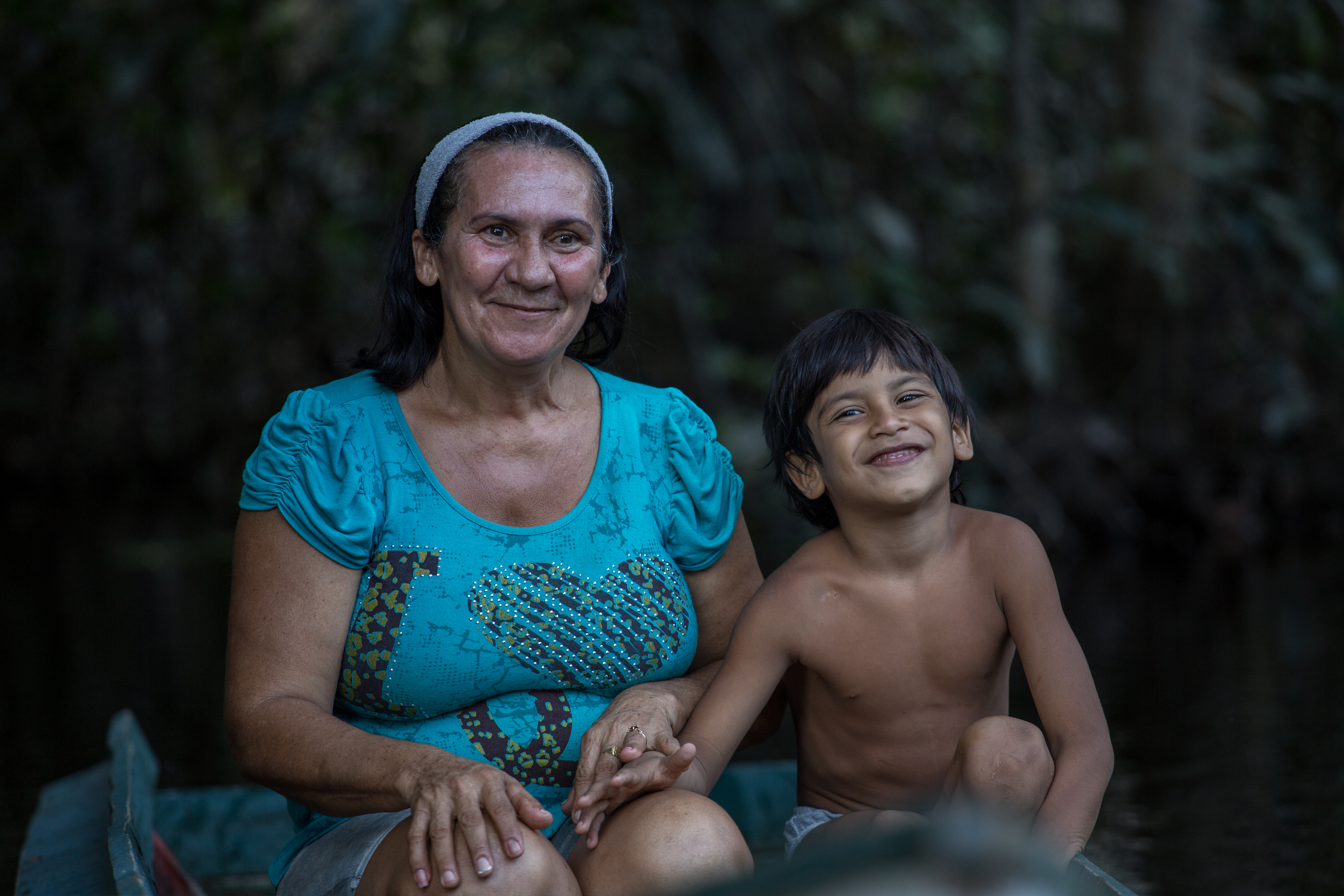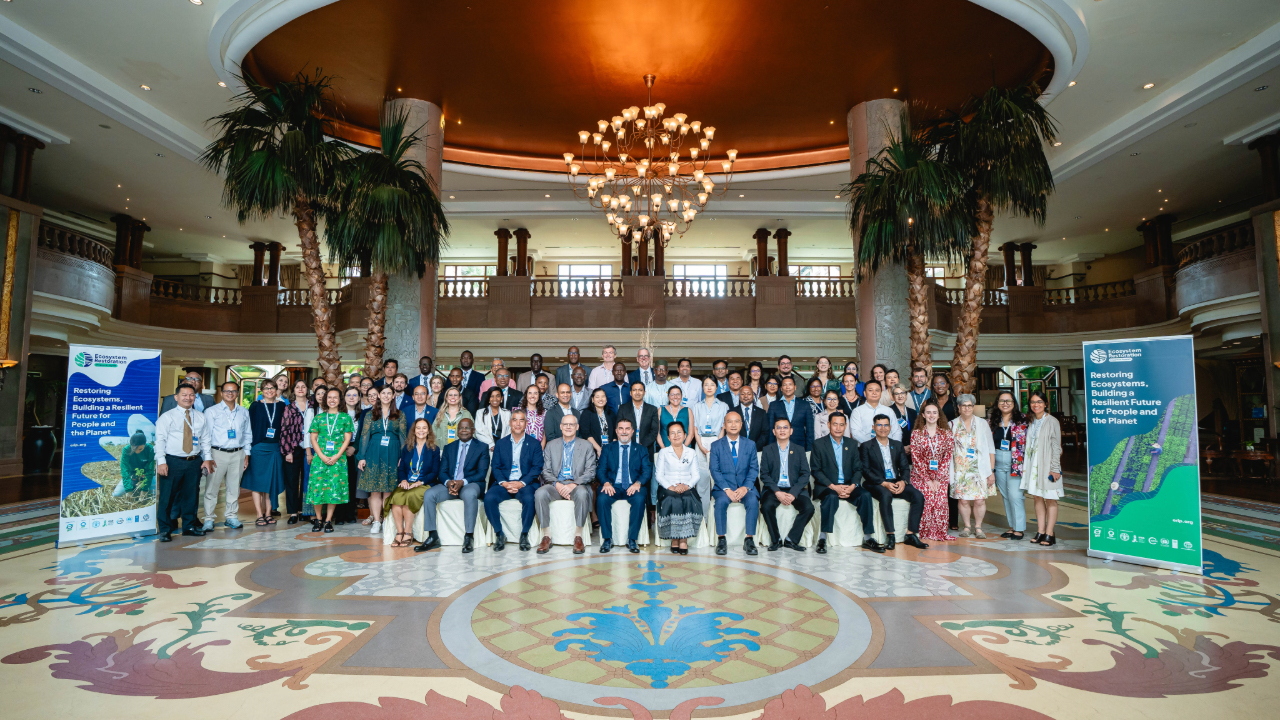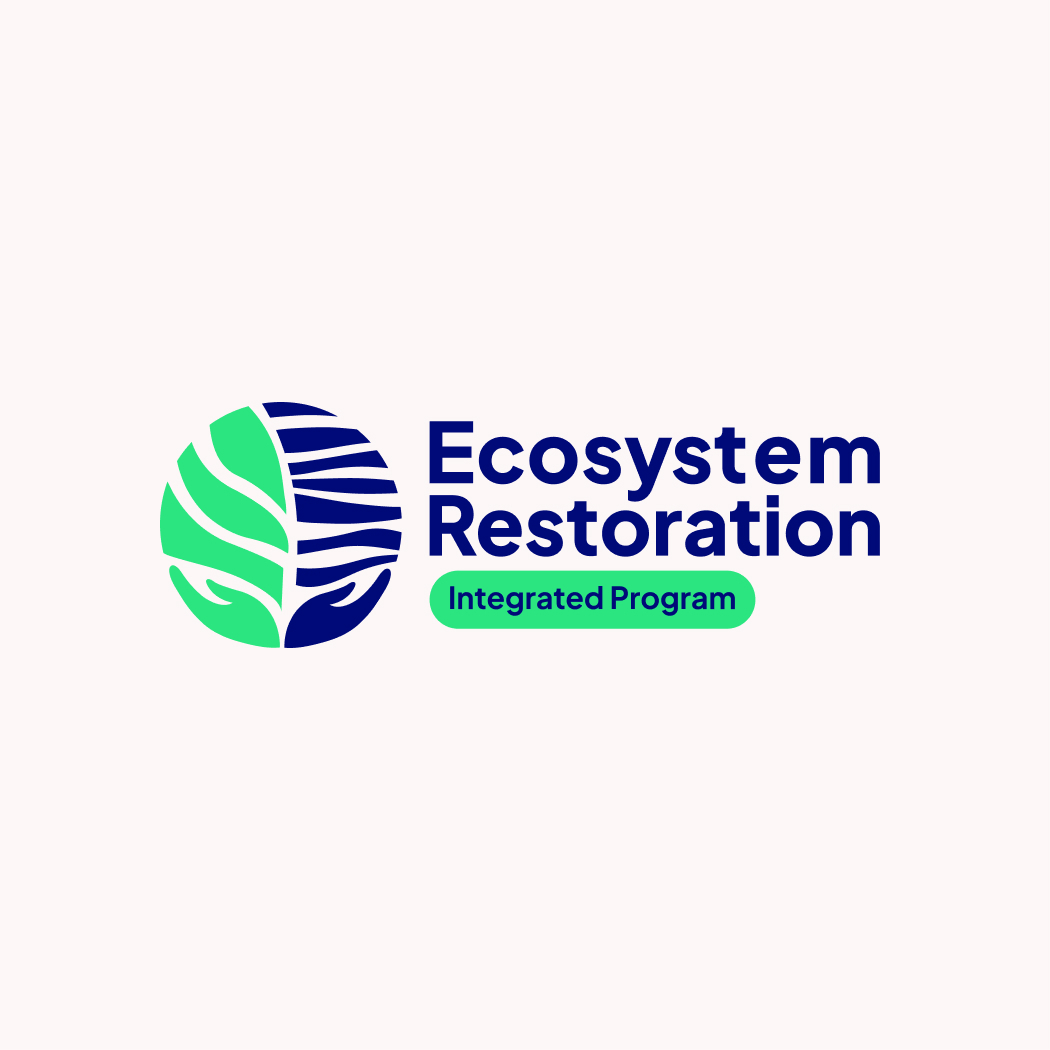Restoration Ambition
Brazil is advancing large-scale ecosystem restoration through the National Policy for Native Vegetation Recovery. The project supports national and global restoration goals by promoting the recovery of native vegetation, improving production practices, and mobilizing financial resources for long-term efforts.
Key actions include aligning and coordinating public policies, programs, plans, strategies, and legal instruments to support restoration. The project also aims to strengthen engagement across government, the private sector, and multi-stakeholder networks to implement restoration and improve land use practices.
To support these efforts, financial flows will be unlocked through mechanisms such as carbon markets, payment for ecosystem services (PES), rural credit, and partnerships with local companies. A knowledge management, learning, and dissemination system will also be developed and implemented.
Restoration activities will span six biomes, with the goal of enhancing ecosystem resilience and sustainability across diverse landscapes.
Photo credit: © iStock.com/Carlos Grillo
